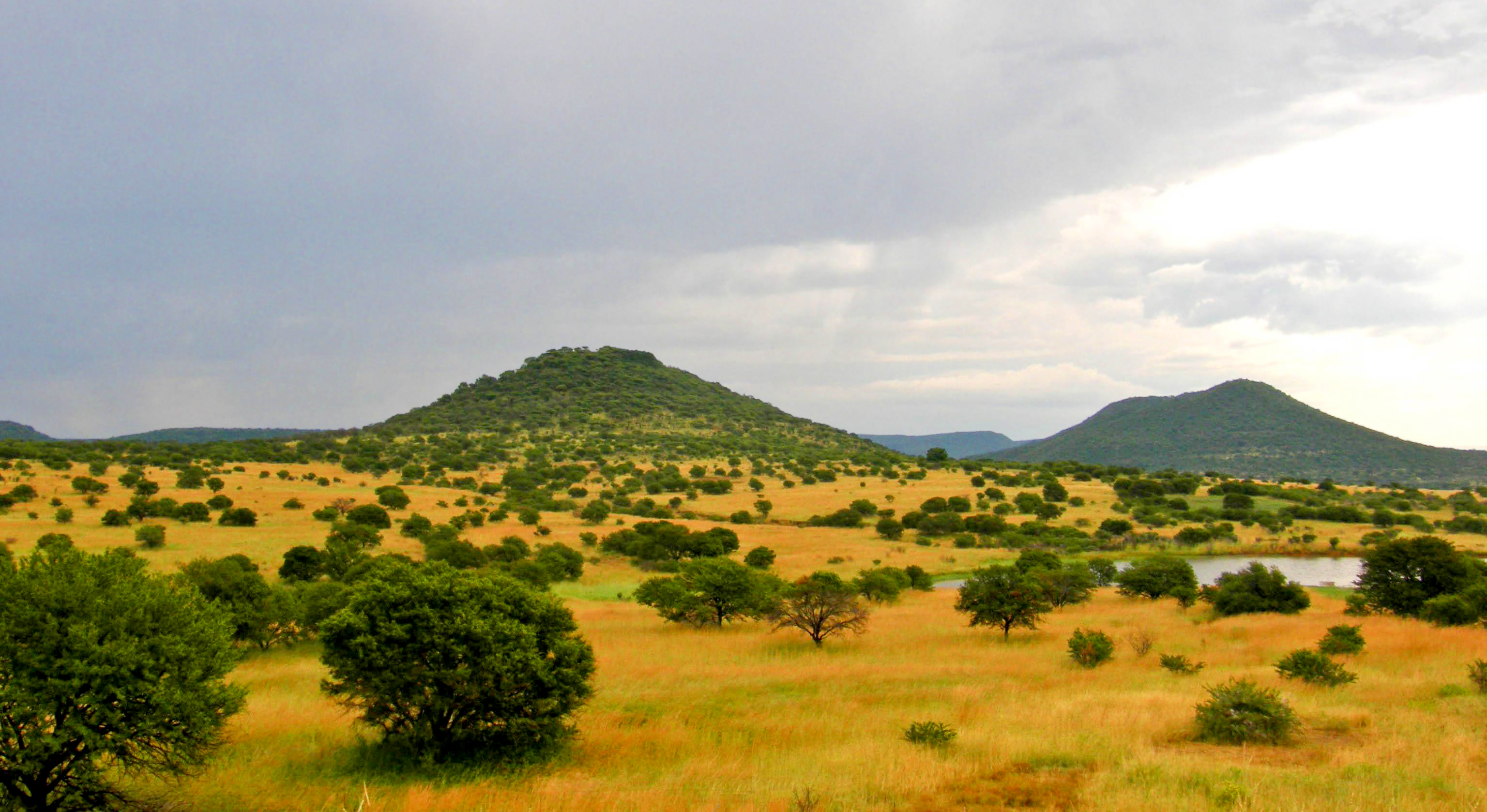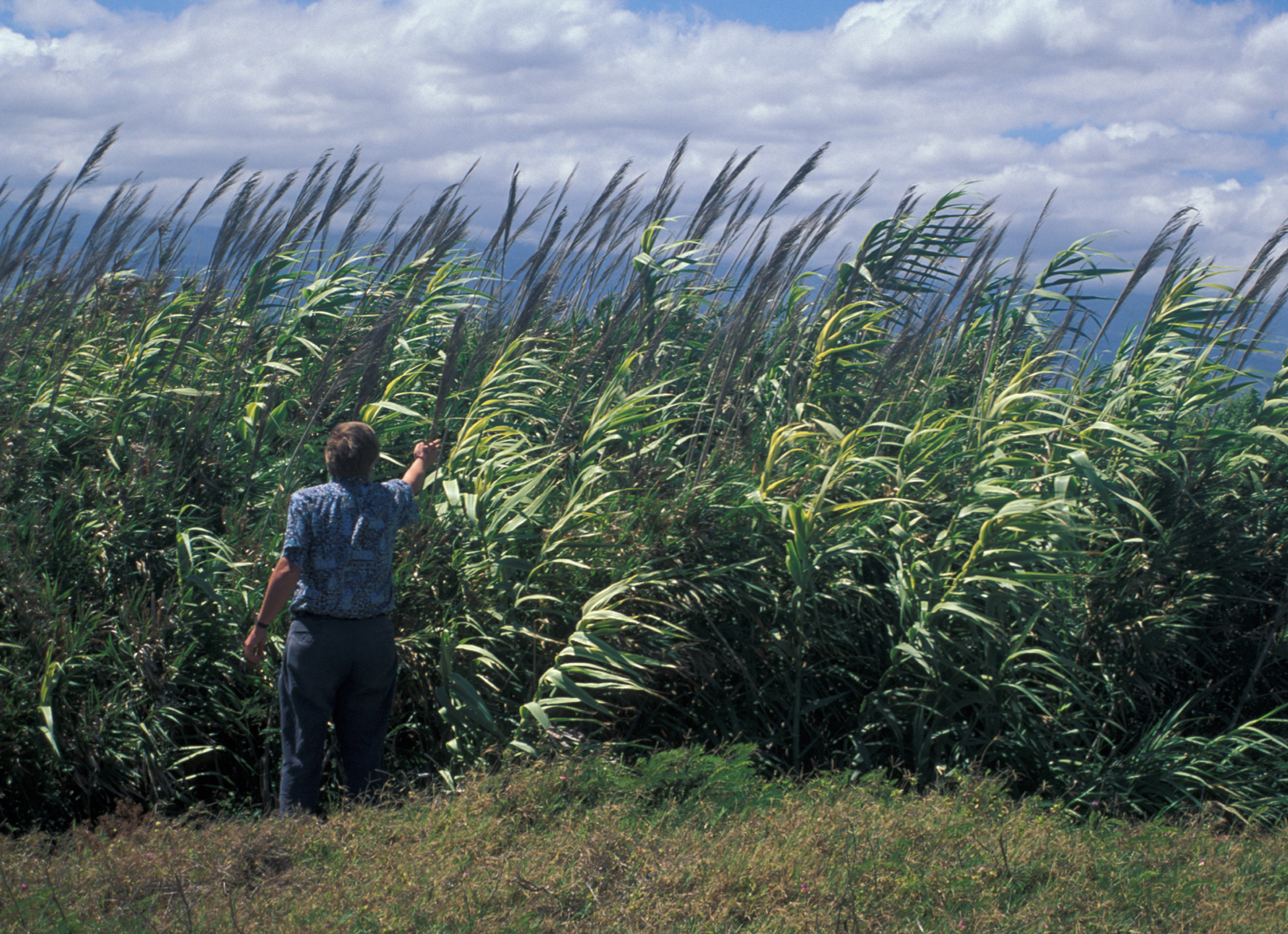|
Black Umfolozi
The Black Umfolozi River ( zu, Imfolozi emnyama) is one of the two main tributaries to the Umfolozi River in KwaZulu Natal, South Africa. It forms part of the Upper Umfolozi (Zulu: Enhla neMfolozi) – the Lower Umfolozi being the area downstream of its confluence with the White Umfolozi. Etymology The river is called "black" because of the dark (black) stones which are found along its course. Imfolozi means "zig-zag", which reflects the pattern the river follows along its course. Course It flows through Swart-Mfolozi, Ceza, Nongoma and eventually has a confluence with the White Umfolozi near the southeastern boundary of Hluhluwe-Umfolozi Game Reserve to form the Umfolozi River. The Thangami Safari Spa is also situated on its banks. Empangeni and Mtubatuba Mtubatuba is a town north of Richards Bay close to the entrance of Ncivi and the iSimangaliso Wetland Park (previously Greater St Lucia Wetland Park) but now the isimangaliso wetland park is known to be under Mtuba to ... [...More Info...] [...Related Items...] OR: [Wikipedia] [Google] [Baidu] |
White Umfolozi River
The White Umfolozi River originates just west of Vryheid, KwaZulu-Natal, South Africa and has a confluence with the Black Umfolozi River at to form the Umfolozi River, which flows eastward towards the Indian Ocean. See also * List of rivers of South Africa * List of dams in South Africa * List of drainage basins of South Africa * Water Management Areas Water Management Areas (WMAs) are parts of South Africa that are managed by Catchment Management Agencies (CMAs). A CMA is established in terms of the National Water Act of 1998. (As of December 2020 only two CMAs have been established). The li ... References Rivers of KwaZulu-Natal Umfolozi River {{SouthAfrica-river-stub ... [...More Info...] [...Related Items...] OR: [Wikipedia] [Google] [Baidu] |
South Africa
South Africa, officially the Republic of South Africa (RSA), is the southernmost country in Africa. It is bounded to the south by of coastline that stretch along the South Atlantic and Indian Oceans; to the north by the neighbouring countries of Namibia, Botswana, and Zimbabwe; and to the east and northeast by Mozambique and Eswatini. It also completely enclaves the country Lesotho. It is the southernmost country on the mainland of the Old World, and the second-most populous country located entirely south of the equator, after Tanzania. South Africa is a biodiversity hotspot, with unique biomes, plant and animal life. With over 60 million people, the country is the world's 24th-most populous nation and covers an area of . South Africa has three capital cities, with the executive, judicial and legislative branches of government based in Pretoria, Bloemfontein, and Cape Town respectively. The largest city is Johannesburg. About 80% of the population are Black South Afri ... [...More Info...] [...Related Items...] OR: [Wikipedia] [Google] [Baidu] |
KwaZulu-Natal
KwaZulu-Natal (, also referred to as KZN and known as "the garden province") is a province of South Africa that was created in 1994 when the Zulu bantustan of KwaZulu ("Place of the Zulu" in Zulu) and Natal Province were merged. It is located in the southeast of the country, with a long shoreline on the Indian Ocean and sharing borders with three other provinces and the countries of Mozambique, Eswatini and Lesotho. Its capital is Pietermaritzburg, and its largest city is Durban. It is the second-most populous province in South Africa, with slightly fewer residents than Gauteng. Two areas in KwaZulu-Natal have been declared UNESCO World Heritage Sites: the iSimangaliso Wetland Park and the uKhahlamba Drakensberg Park. These areas are extremely scenic as well as important to the surrounding ecosystems. During the 1830s and early 1840s, the northern part of what is now KwaZulu-Natal was established as the Zulu Kingdom while the southern part was, briefly, the Boer Natalia Repu ... [...More Info...] [...Related Items...] OR: [Wikipedia] [Google] [Baidu] |
Umfolozi River
The Umfolozi River (also uMfolozi, Imfolozi or Mfolozi) is a river in KwaZulu-Natal, a province of South Africa. It is formed by the confluence of the Black (''Imfolozi emnyama'') and White Umfolozi (''Imfolozi emhlope'') Rivers near the southeastern boundary of the Hluhluwe-Umfolozi Game Reserve. The isiZulu name ''imFolozi'' is generally considered to describe the zigzag course followed by both tributaries, though other explanations have been given. The river flows in an easterly direction to the Indian Ocean at Maphelana, a coastal resort just south of the St Lucia River mouth. It originally meandered over the Monzi Flats, where it split into numerous slow-flowing channels before entering the St. Lucia Estuary at Honeymoon Bend. The slow-moving water and reed beds in channels operated as a natural filtering system that removed silt from the Umfolozi floodwaters and created a rich habitat for numerous species. Ecology During the 1950s, the Umfolozi Landowners Association contai ... [...More Info...] [...Related Items...] OR: [Wikipedia] [Google] [Baidu] |
KwaZulu Natal
KwaZulu-Natal (, also referred to as KZN and known as "the garden province") is a province of South Africa that was created in 1994 when the Zulu bantustan of KwaZulu ("Place of the Zulu" in Zulu) and Natal Province were merged. It is located in the southeast of the country, with a long shoreline on the Indian Ocean and sharing borders with three other provinces and the countries of Mozambique, Eswatini and Lesotho. Its capital is Pietermaritzburg, and its largest city is Durban. It is the second-most populous province in South Africa, with slightly fewer residents than Gauteng. Two areas in KwaZulu-Natal have been declared UNESCO World Heritage Sites: the iSimangaliso Wetland Park and the uKhahlamba Drakensberg Park. These areas are extremely scenic as well as important to the surrounding ecosystems. During the 1830s and early 1840s, the northern part of what is now KwaZulu-Natal was established as the Zulu Kingdom while the southern part was, briefly, the Boer Natalia ... [...More Info...] [...Related Items...] OR: [Wikipedia] [Google] [Baidu] |
Ceza, KwaZulu-Natal
Ceza is a town in Zululand District Municipality in the KwaZulu-Natal province of South Africa South Africa, officially the Republic of South Africa (RSA), is the southernmost country in Africa. It is bounded to the south by of coastline that stretch along the South Atlantic and Indian Oceans; to the north by the neighbouring countri .... Ceza Hospital is located in this town. It was founded as a mission clinic in 1910. The first doctor arrived in 1938. By the late 1950s there were 135 beds, a school for nurses, and several doctors. Ceza is the home of Ceza Mission Station. History The Ceza caves, on Ceza Mountain, were the scene of the final act in Dinuzulu’s resistance against the British annexation of Zululand. After the Anglo-Zulu War of 1879, Zululand had been partitioned into 13 sections which were parceled out to individual chiefs. To stem the chaos which erupted, Hlatshwayo was restored as Paramount Chief, but civil war broke out in Zululand and his son Siwelile ... [...More Info...] [...Related Items...] OR: [Wikipedia] [Google] [Baidu] |
Nongoma
Nongoma is a town in Zululand, KwaZulu-Natal, South Africa. It is the seat of the Nongoma Local Municipality. It is situated 300 km north of Durban and 56 km from Ulundi; it is surrounded by the Ngome Forest. It is a busy market town that serves a large surrounding area. It is assigned registration plate NND (Natal NDwandwe). This small town is also the home of King Bhekuzulu College, one of the popular boarding schools in the province. There are also TVET College, Mthashana TVET College Nongoma and KwaGqikazi Campuses. Royal palaces (Izigodlo) The area has six royal palaces belonging to the late Zulu King Goodwill Zwelithini: * Osuthu Royal Palace - The King lived here. * Khethomthandayo Royal Palace — His first wife, Queen MaDlamini, lives here. * KwaDlamahlahla Royal Palace — Queen KaMathe lives here. * Kwakhangelamankengane Royal Palace — Queen Mother Mantfombi kaSobhuza II -Zulu lives here. * Linduzulu Royal Palace — Queen MaNdlovu, lives here. * Eny ... [...More Info...] [...Related Items...] OR: [Wikipedia] [Google] [Baidu] |
Empangeni
Empangeni is a city in KwaZulu-Natal, South Africa. It is approximately 157 kilometres north of Durban, in hilly countryside, overlooking a flat coastal plain and the major harbour town of Richards Bay 16 kilometres away. The N2 freeway runs east from Empangeni intersecting John Ross Highway (R34) which connects Empangeni and Richards Bay. The climate is sub-tropical with an average temperature of 28.4 °C in summer and 14.5 °C in Winter. The town is said, by local residents, to not have a real winter, as temperatures are seldom very low. History Humble beginnings In 1851, the Norwegian Missionary Society established a mission station on the banks of the eMpangeni river. The river was named after the profusion of Mpange trees (''Trema guineensis'') growing along its banks. The mission was later moved to Eshowe, 61 kilometres north-west. In 1894 a magistracy was established. The Zululand Railway reached the town in January 1903 and linked the area to Durban and Eshowe. T ... [...More Info...] [...Related Items...] OR: [Wikipedia] [Google] [Baidu] |
Mtubatuba
Mtubatuba is a town north of Richards Bay close to the entrance of Ncivi and the iSimangaliso Wetland Park (previously Greater St Lucia Wetland Park) but now the isimangaliso wetland park is known to be under Mtuba town in KwaZulu-Natal, South Africa. Town some 55 km south-south-west of Hluhluwe and 28 km west of St Lucia. Administered by a health committee since 1950. The name, formerly spelt Matubatuba, is Zulu for ‘creator of opportunities’, referring to a chief of the Mkwanazi tribe who died here in 1954. The town's early years were hampered by flooding. An additional setback occurred during World War I World War I (28 July 1914 11 November 1918), often abbreviated as WWI, was one of the deadliest global conflicts in history. Belligerents included much of Europe, the Russian Empire, the United States, and the Ottoman Empire, with fightin ...: a ship carrying essential parts of what was to be the town's first sugar mill was torpedoed. The mill wa ... [...More Info...] [...Related Items...] OR: [Wikipedia] [Google] [Baidu] |
Ndwandwe
The Ndwandwe are a Bantu Nguni-speaking people who populate sections of southern Africa. The Ndwandwe, with the Mthethwa, were a significant power in present-day Zululand at the turn of the nineteenth century. Under the leadership of King Zwide, the Ndwandwe nation destroyed the Mthethwa under their king Dingiswayo, and the power vacuum was filled by Shaka Zulu and the Zulu tribe. In a common front against the Ndwandwe, Shaka collected the remains of the Mthethwa and other regional tribes, and survived the first encounter of the Zulu Civil War with Zwide at the Battle of Gqokli Hill in 1818. In 1819, Nkambule made another expedition against the Zulus, but Shaka again changed his tactics, letting the Ndwandwe army penetrate his territory and responding with guerrilla warfare. Shortage of supplies caused the Ndandwe to return home, but when they were crossing the river Mhlatuze in early 1820, their forces were split and defeated at the Battle of Mhlatuze River. This led to ... [...More Info...] [...Related Items...] OR: [Wikipedia] [Google] [Baidu] |
Arundo Donax
''Arundo donax'' is a tall perennial cane. It is one of several so-called reed species. It has several common names including giant cane, elephant grass, carrizo, arundo, Spanish cane, Colorado river reed, wild cane, and giant reed. ''Arundo'' and ''donax'' are respectively the old Latin and Greek names for reed. ''Arundo donax'' grows in damp soils, either fresh or moderately saline, and is native to the Greater Middle East.CABI, 2020. Arundo donax (giant reed). In: Invasive Species Compendium. Wallingford, UK: CAB International. https://www.cabi.org/isc/datasheet/1940Global Invasive Species Database (2020) Species profile: Arundo donax. Downloaded from http://www.iucngisd.org/gisd/species.php?sc=112 on 12-01-2020. It has been widely planted and naturalised in the mild temperate, subtropical and tropical regions of both hemispheres, especially in the Mediterranean, California, the western Pacific and the Caribbean and is considered invasive in North America and Oceania.Perdue, R ... [...More Info...] [...Related Items...] OR: [Wikipedia] [Google] [Baidu] |


